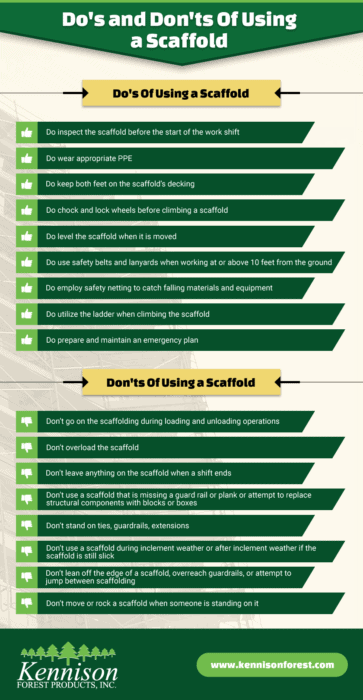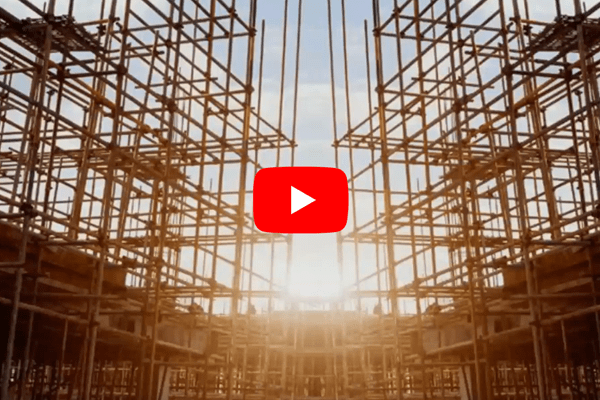Scaffolds are a critical element in many construction sites. The temporary structures provide support and stability to access and working platforms so workers can use them safely. However, working at elevated heights poses a higher risk of injury to life and limb for employees, including in regard to falls and falling objects. As such, it is important to design, install, and use scaffolds carefully to avoid unsafe working conditions and practices. The Work Health and Safety (WHS) Act imposes regulations dictating proper design, erection, alteration, and dismantling of scaffolds aimed toward worker safety.
In the following guide, we discuss some of the dos and don’ts of scaffold design, construction, and use.
Designing the Scaffold
Scaffold safety begins at the design phase. While proper construction with quality materials is also important, it cannot stop an improperly designed scaffold from endangering employees. As such, the scaffold designer should carefully consider the following factors before putting pen to paper:
- Intended use
- Potential worksite risks and hazards
- Ground and foundation conditions
- Load bearing capacity, including dead loads and live loads
- Anchoring, bracing, and tying requirements
- Supporting structures
- Edge protection elements
Below we outline some of the considerations to keep in mind when designing a scaffold.
Do: Identify Potential Hazards Early
Before designing a scaffold, it is essential to assess the worksite in its entirety, paying special attention to conditions that could lead to unsafe working environments. Some of the other factors to consider include the evenness and stability of the ground and the structural areas subjected to the greatest loads and stresses.
Do: Consider the Type of Work Performed
The type of work performed at the worksite should also be considered as it influences the design and construction of the scaffold. Additionally, it affects the expected dead and live loads to which the scaffold will be subjected.
Do: Maintain Proper Documentation
For highly specific or unique scaffold designs, the designer must prepare and provide a safety report outlining the potential for distinct hazards and risks and how to eliminate or control them. The documentation may also include instructions on how to erect and use the scaffold correctly for minimal safety risks.
Don’t: Take Material Selection Lightly
A critical early consideration is material selection, which determines the strength, stability, and load-bearing capacity of the final installation. The walkboards employed in the construction of scaffolds are made from either wood or metal, both of which offer unique advantages and disadvantages. For example, metal planks—such as those made from aluminum—are prone to warping over time. Wood planks are made from a variety of woods, all of which differ from construction-grade lumber.
Many construction industry professionals in North America prefer to use Douglas Fir wood for scaffolds planks, which is the material used in Kennison Forest Product products. The wooden boards comply with all OSHA and ANSI standards, meet ICBO 1997 Uniform Building Code Structural LVL requirements, and pass individual proof loading and testing conditions.
Constructing the Scaffold
Once a scaffold design is finalized, the contractor(s) should work together with the designer(s) to ensure the structure is erected as planned. Below we outline some of the considerations to keep in mind when constructing a scaffold.
Do: Acquire the Required Documentation
There are several forms of documentation that may be required when constructing a scaffold. For example:
- A safety report, as indicated above, is necessary for any scaffold design with unique or unusual elements.
- A Safe Work Method Statement (SWMS) is needed if there is a risk of a worker falling more than two meters.
- A high-risk work license is mandatory if there is a risk of a worker falling more than four meters.
High-risk construction work may also encompass other work conditions, such as:
- If temporary supports are needed to prevent collapse during structural alteration or repair operations
- If the structure is on or near energized electrical systems or services
- If the structure is located near a moving powered mobile plant
If the construction of a scaffold involves any of the above, the SWMS prepared must identify the type of work performed, indicate the health and safety risks and hazards, and describe control measures and how they will be implemented, monitored, and reviewed.
All of the above documents should be developed and/or shared with the workers and their representatives carrying out the construction work.
Do: Follow a Construction Plan
For construction work that does not require an SWMS, a scaffold plan can guide workers in constructing, using, maintaining, repairing, and dismantling the structure safely. The plan should be developed with regard to all parties relevant to the work and workplace, including the designer, the contractor or builder, the workers, and other industry consultants with extensive scaffold knowledge. It should address exactly how and where the structure should be erected, including the design basis, type, foundation conditions, entry and exit points, and more.
Don’t: Forget the Plant Design Registration Number
As per Part 1 of Schedule 4 in the WHS regulations, prefabricated scaffolds and scaffolding must have their designs registered. When using these structures, the site owner or manager should keep the design registration number readily available. Rental companies providing temporary scaffolds and scaffolding should present the number on the contract or supply docket.
Using the Scaffold
Before using a scaffold, workers must be trained in how to use it properly. The Occupational Safety and Health Administration imposes several regulations regarding design (1926.454), construction, training (1926.454), and use. Training programs should identify the hazards associated with different types of scaffolds and the appropriate measures for controlling and minimizing them. Additionally, they should address the following topics:
- Erection
- Disassembling
- Moving
- Operating
- Repairing
- Inspecting
- Maintaining
- Planning
- Using personal protective equipment (PPE)
- Accessing
- Installing guys, ties, and braces
Additional training is necessary if there are any changes to the structure or worksite that may add or change potential hazards. An employee may also receive further training if the employer identifies a lack of necessary skill, understanding, or proficiency in following safe work practices.
Below we outline some of the general considerations to keep in mind when using a scaffold.
- Do inspect the scaffold before the start of the work shift
- Do wear appropriate PPE
- Do keep both feet on the scaffold’s decking
- Do chock and lock wheels before climbing a scaffold
- Do level the scaffold when it is moved
- Do use safety belts and lanyards when working at or above 10 feet from the ground
- Do employ safety netting to catch falling materials and equipment
- Do utilize the ladder when climbing the scaffold
- Do prepare and maintain an emergency plan
- Don’t go on the scaffolding during loading and unloading operations
- Don’t overload the scaffold
- Don’t leave anything on the scaffold when a shift ends
- Don’t use a scaffold that is missing a guard rail or plank or attempt to replace structural components with blocks or boxes
- Don’t stand on ties, guardrails, extensions
- Don’t use a scaffold during inclement weather or after inclement weather if the scaffold is still slick
- Don’t lean off the edge of a scaffold, overreach guardrails, or attempt to jump between scaffolding
- Don’t move or rock a scaffold when someone is standing on it
Contact Kennison to Learn More
Scaffolds and scaffolding are found in nearly every construction worksite. Despite—or perhaps because of—their ubiquity, there are many industry standards and regulations imposed on their design, construction, and use to ensure safe working conditions. One of the key elements of a safe and stable structure is quality materials. Using high-quality materials for scaffold elements—including tubing and walkboards—minimizes the risk to fully trained workers. For customers looking for superior scaffold planks at competitive prices, Kennison Forest Products is the ideal supplier.
At Kennison Forest Products, Inc., we supply high-quality wooden walkboards suitable for scaffolding and other contractor applications. Our product offerings include SURE-LAM LVL scaffold planks made from Douglas fir and 2200F MSR 1.8E Solid Sawn Scaffold Planks made from Southern pine, both of which offer the following specifications:
- Compliance with OSHA/ANSI standards
- APA/EWS inspected by an independent third party
- Individually proof-loaded and proof-tested
- Customization options for size, end seal color, and embossing
- Made in the USA guarantee
To learn more about our scaffold planks and how they can benefit your next construction project, contact us or request a quote today.


